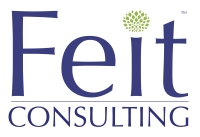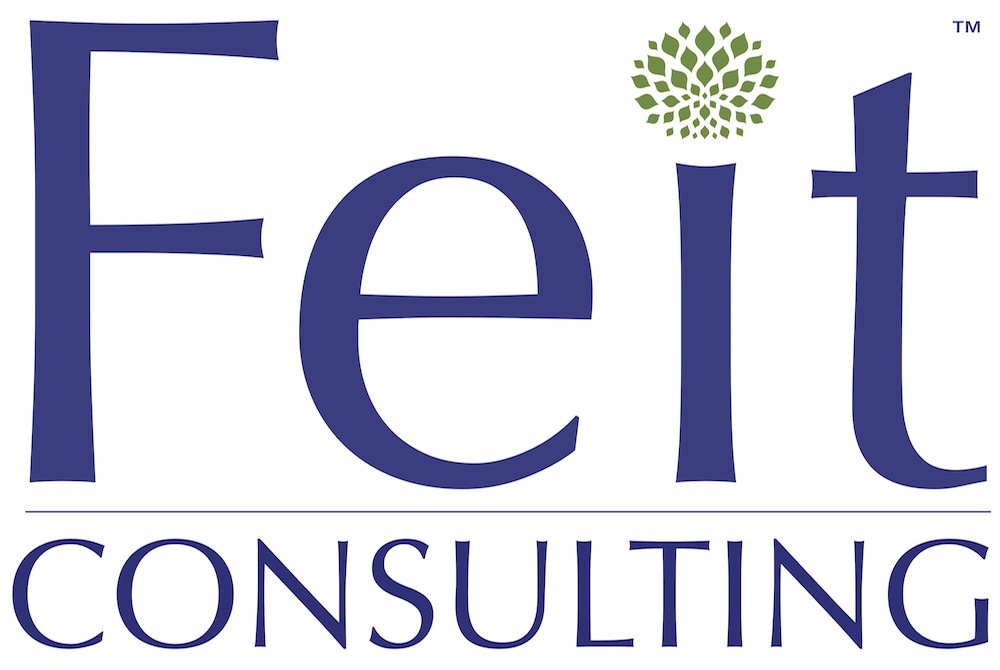
Our “Secret Sauce” is Revealed
By Kate | Contract Negotiations , Pricing , White Papers
In a secret pricing market, how can firms truly know whether their contract is on par with the market without external advisement? Our new white paper, Optimizing Legal Information Pricing, shares benchmarking information for firms to begin to understand how their contracts measure up.
Many may shake their heads, wondering why we would give away this information.
Having knowledge of appropriate metrics and a pricing framework only provides a foundation upon which to build in your contract negotiations. Any negotiation is a give-and-take process, with two sides of the table deciding to collaborate together in order to find a mutually beneficial middle ground. There are still many other elements that factor into the negotiation process including practice areas, size, vendor rep, product/content mix, vendor preference and many more.
We estimate that 15% of the large law firm market is substantially overpaying, a majority of which are AmLaw 100 or based out of New York City. This report serves as a point of reference for law firm administrators and legal information decision makers to initiate the process of correcting pricing for their firm. For the rest of the market, this report brings assurance to how your contracts and proposals for new products compares and takes into consideration multiple variables and parameters.
In May 2017, Feit Consulting will release our next white paper, Optimizing Legal Information Pricing, in which we share revealing benchmarks every firm will need to have in contract review and negotiations. With 16 years in this business, we’ve accumulated a knowledge base unparalleled in legal information; we call it our “secret sauce”.
In sum, Feit Consulting’s Optimizing Legal Information Pricing report reveals valuable, essential information we think every law firm should have. It gets you to a level playing field. Firms that order the report pre-release can have up to five legal information contracts evaluated against our benchmarks. For more information, click here.






